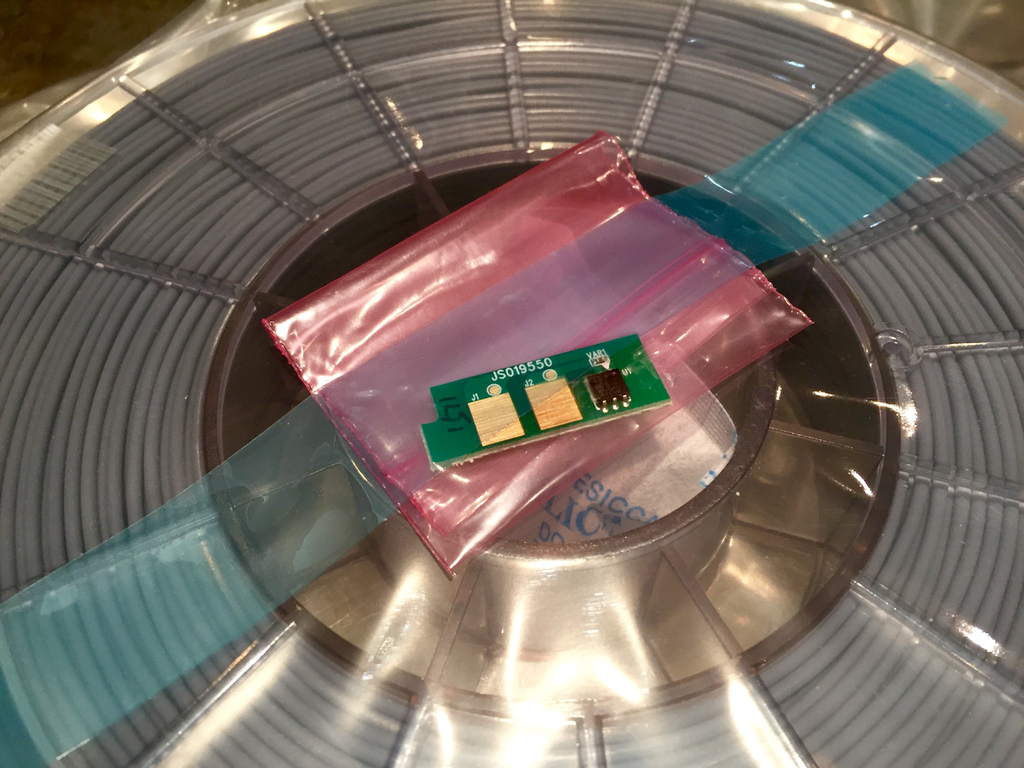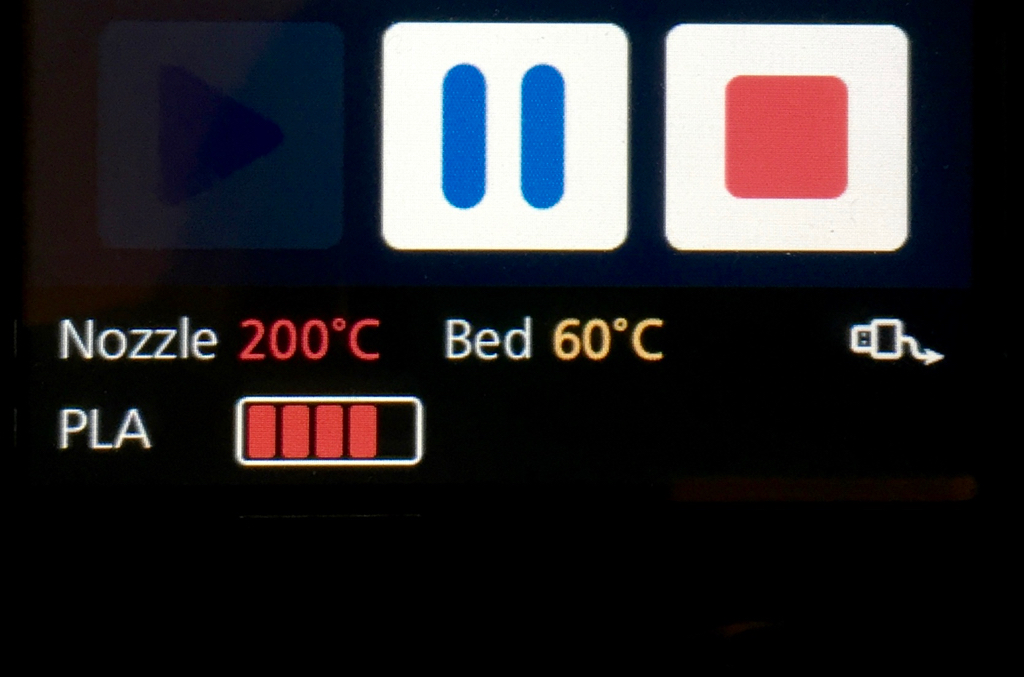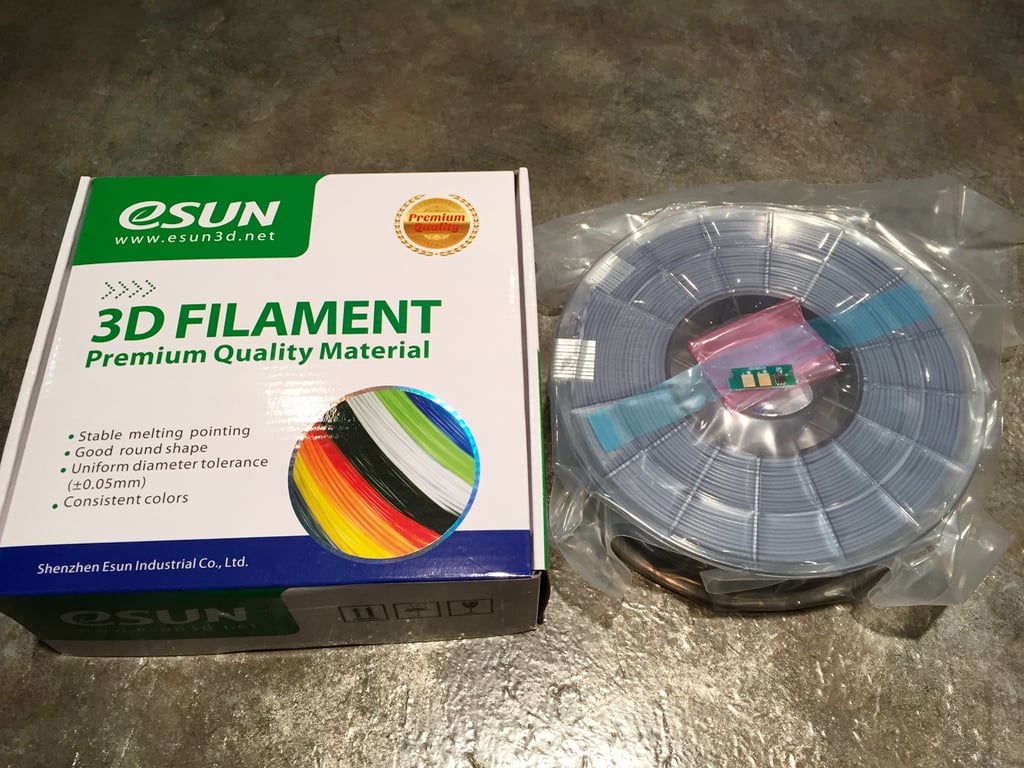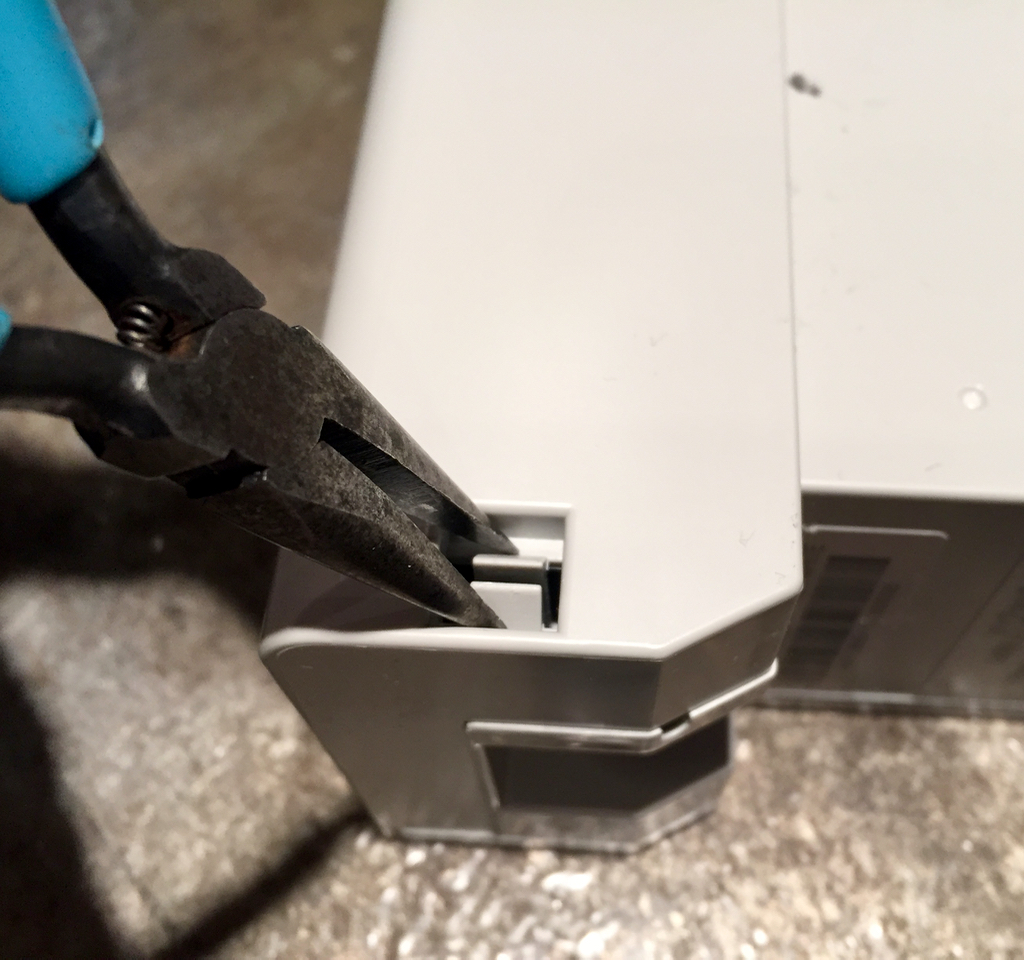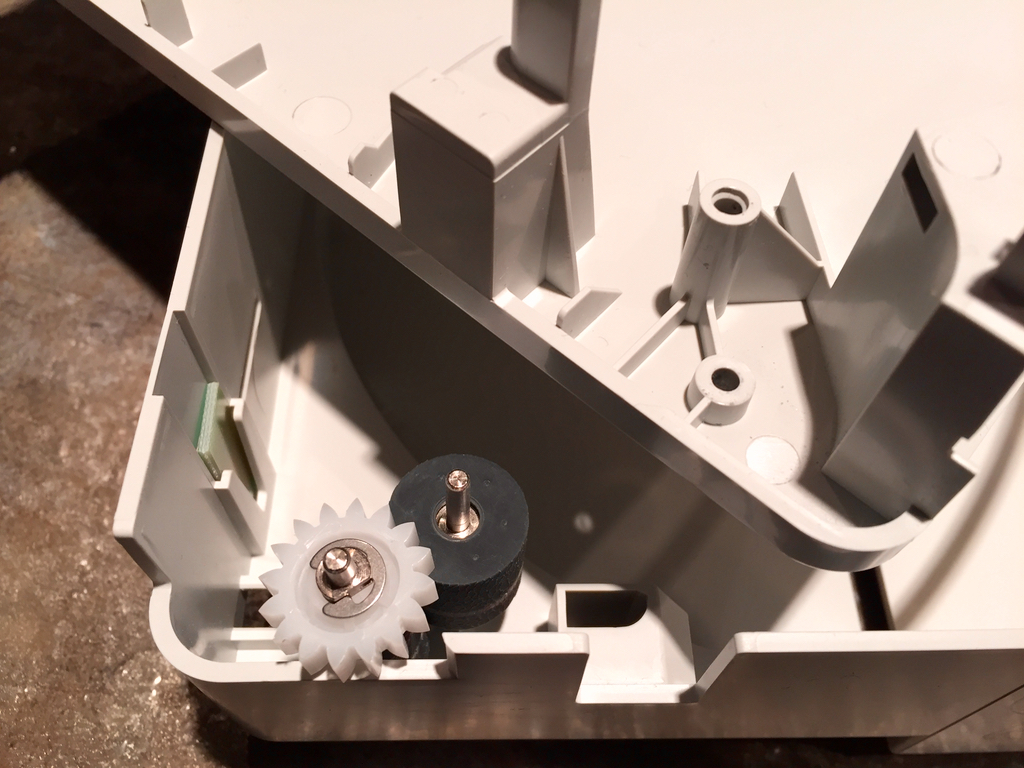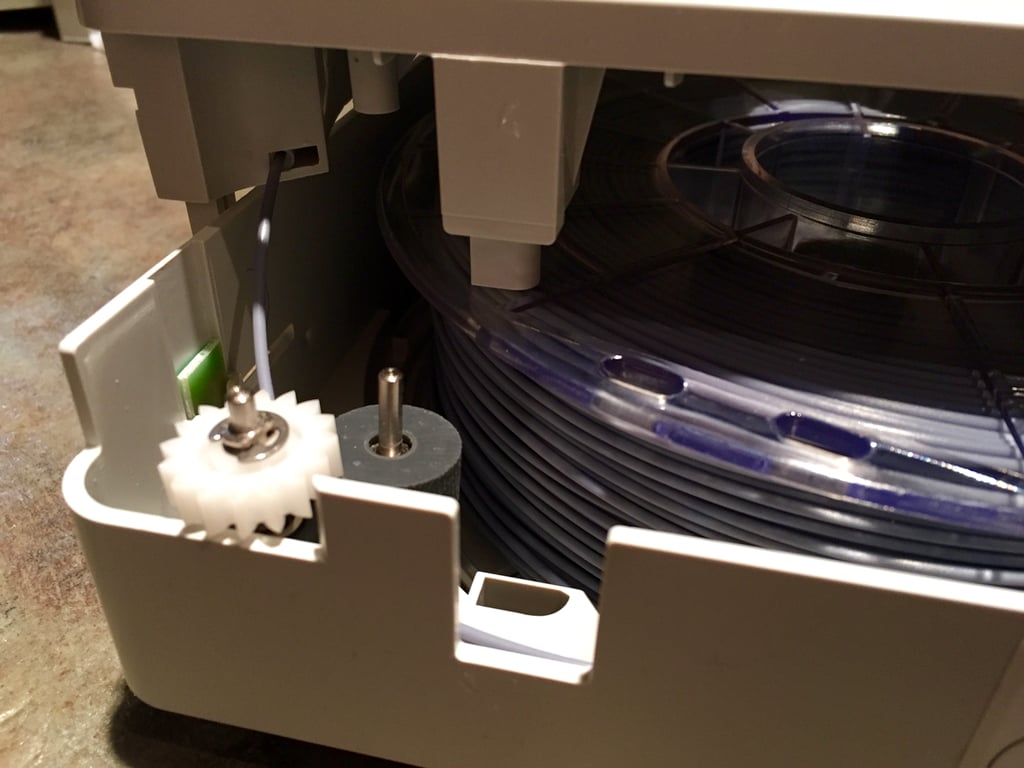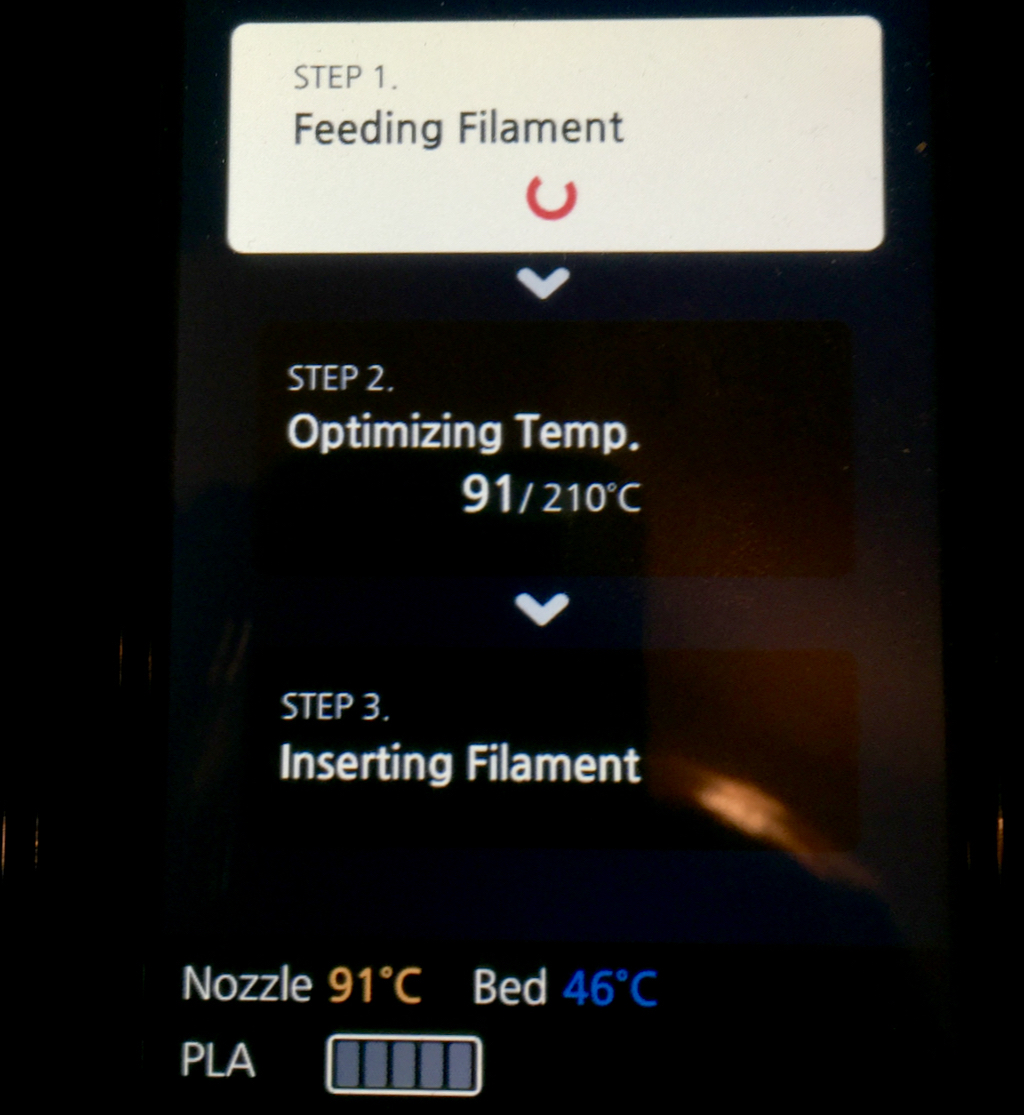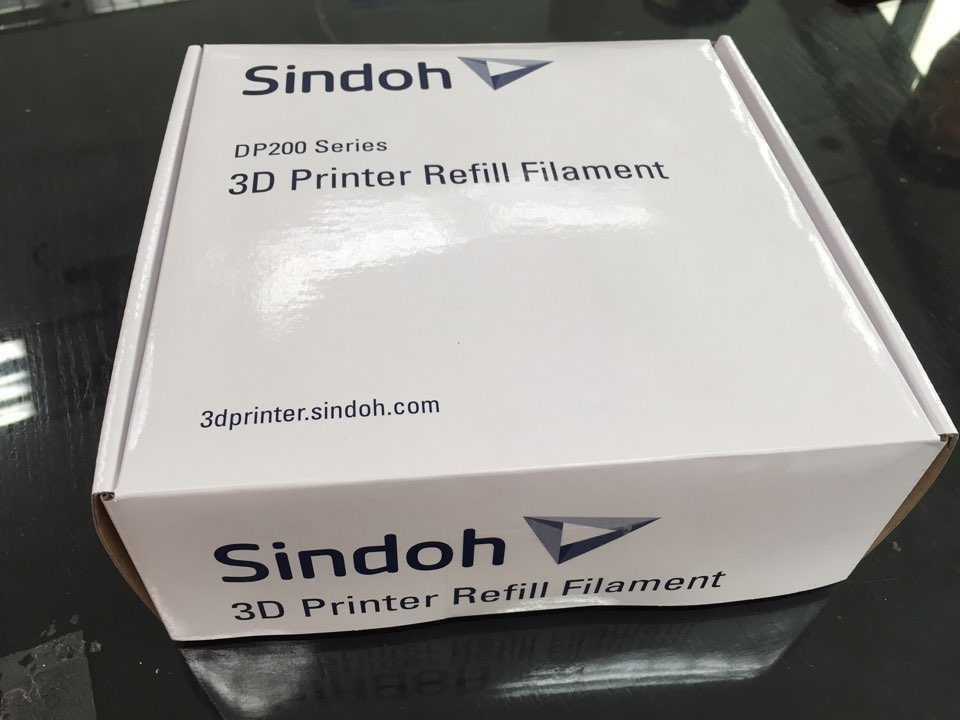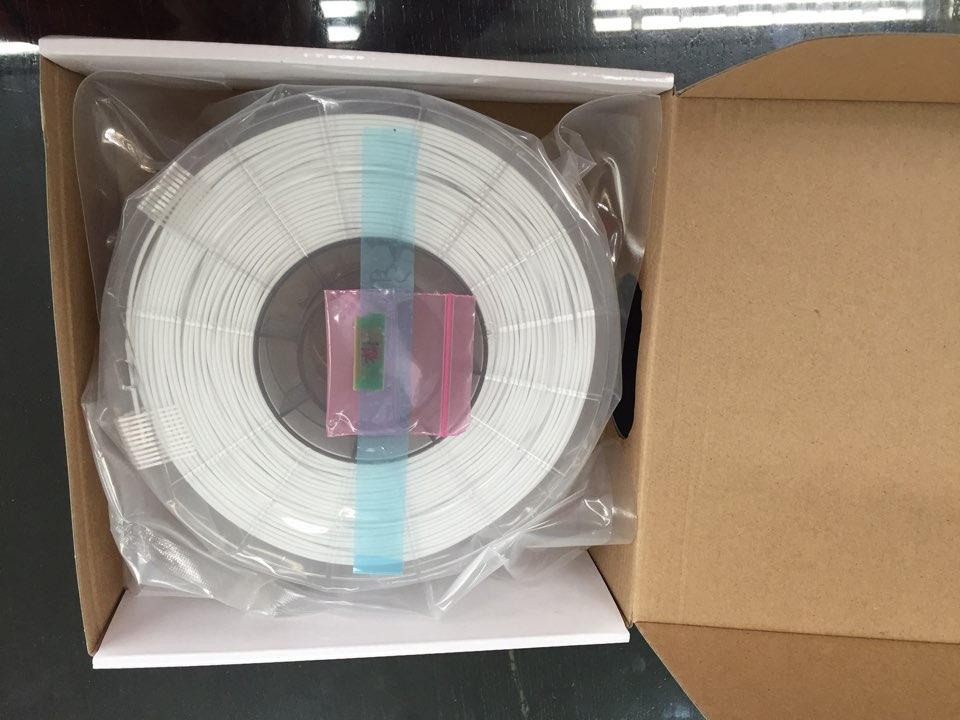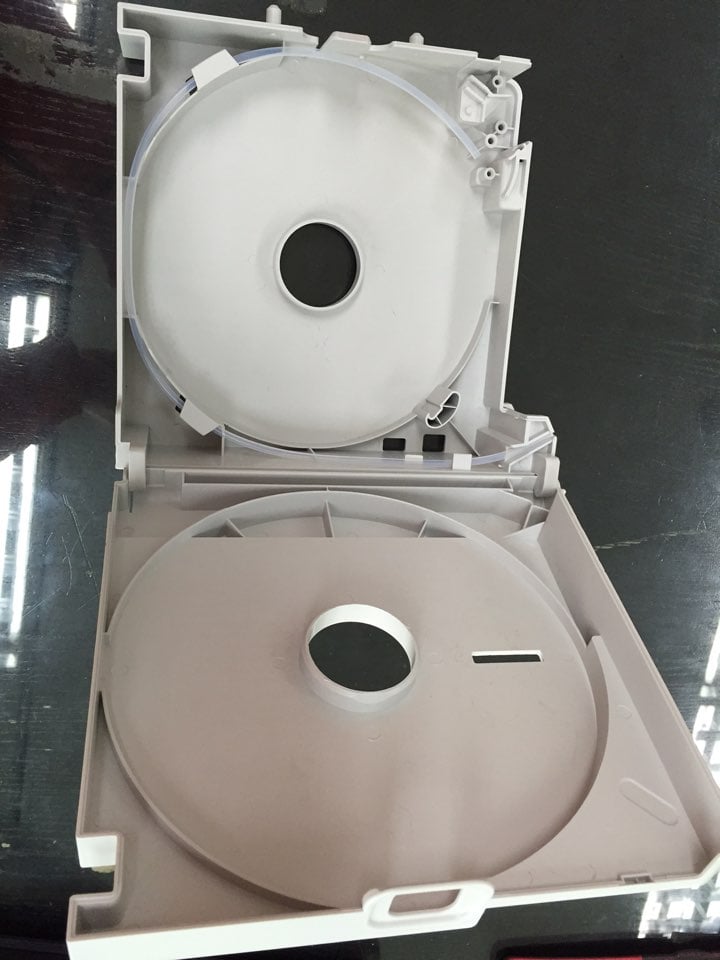We recently tested the amazing 3Dwox 3D DP200 desktop 3D printer from Sindoh, but now we’ve tested their less-expensive replaceable filament.
If you haven’t read our review, please do so; the 3Dwox is one of the best 3D printers we’ve yet tested. It’s designed for consumers and actually meets that claim by providing an incredibly simple, easy to operate and reliable machine.
While we very much like this machine, others have commented that the DP200’s use of proprietary filament cartridges detracts from its value. In other machines, the words “proprietary cartridges” have sometimes meant “we’re going to charge you a lot more and not provide much value back”.
In the case of Sindoh’s machine, the cartridges are not unreasonably priced: USD$40 for a 750g smart cartridge. This compares favorably with MakerBot’s USD$48 for a 1kg spool and far less expensive than 3D Systems’ Cube 3 cartridges, which were USD$99 for only 600g of filament. Still, they are a bit more costly than some generic filament options.
The Sindoh cartridges are quite intelligent. They accurately keep track of the amount of filament remaining on the spool – in fact our testing showed that the “leftover” filament was perhaps less than 500mm in length when we ran a spool dry.
The cartridges also tell the printer their color! On the touch screen you can see here that we have loaded a mostly-full cartridge of red filament. If you were to load, say, a gray cartridge, the bars would change to gray.
But now 3Dwox is contemplating marketing of an even less expensive filament solution – but still using the intelligent cartridges. For this they’ve partnered with Shenzhen Esun Industrial Co.,Ltd, popularly known as “Esun”. They are known to make high quality 3D printer filament, among other items.
The idea for replaceable filament is this: purchase only the filament on a spool by itself and install it into a smart cartridge. We were able to test a prototype of this technique before being marketed in the US.
The process is quite simple: once you have an empty cartridge, you can refill it. To obtain the first cartridge, there’s no worries about buying one because the machine comes equipped with a single cartridge. When empty, you could refill it. If you’ve purchased other cartridges, they can also be refilled; there seems to be no technical restriction on doing so – any cartridge will do.
You’ll have to purchase a refill spool from Esun, and it will look very much like this when you open the box. Note that the spool comes with a special chip to be installed into the cartridge.
You must first open the empty cartridge with a set of pliers. There are four of these locks holding it together.
Upon opening the cartridge, you’ll notice the simplicity of their design: a rubber wheel grabs the filament, which is fed thru a very long internal tube. A gear mechanism transfers rotational power from the printer to the rubber wheel to pull the filament.
Installing the spool is straightforward, although feeding the initial length of filament through the internal tube is a bit tricky.
Don’t forget to replace the chip, which simply sits in an open gap in the case.
Once the filament, spool and chip are in place, just snap the two halves of the cartridge together and it’s ready to go.
After loading the cartridge into the 3Dwox, it immediately detects the capacity and color of the new cartridge via the newly-installed chip, which in this case is gray PLA, as the panel reports.
We encountered no challenges at all in performing this refill process, even without any instructions. The 3Dwox printed a sample part instantly with this new filament without incident.
The price of refilling a 3Dwox is currently not known, but it will clearly be less than the USD$40 price of a complete cartridge. We suspect they will price the 750g refills at something less than USD$30, which makes the pricing question on their proprietary cartridges moot.
As for limitations, it is true that you still will only be able to use filaments that are sold by Esun that include a replacement chip, and that may restrict the variety of materials you might use in your 3Dwox. However, that, for some users, is a small price to pay for the ease-of-use and reliability gained by using the 3Dwox desktop 3D printer
[UPDATE] Sindoh has provided additional information about this new capability. While they have parterned with Esun to manufacturer the filament, the refill cartridges will be sold by Sindoh themselves, as they will be creating the chips that accompany the cartridges.
Here we see a prototype box arrangement for the new refill cartridge. It has a plain style that matches the intent of the refill. Just the filament, please!
Inside the box is the filament and chip that can be installed in the empty cartridge as we described above.
We’ve also learned that the production cartridge will be slightly different than the one we tested. Here is a view of the new cartridge, which features even easier-to-open latches. Currently this version is being tested with a view for release sometime this spring.

